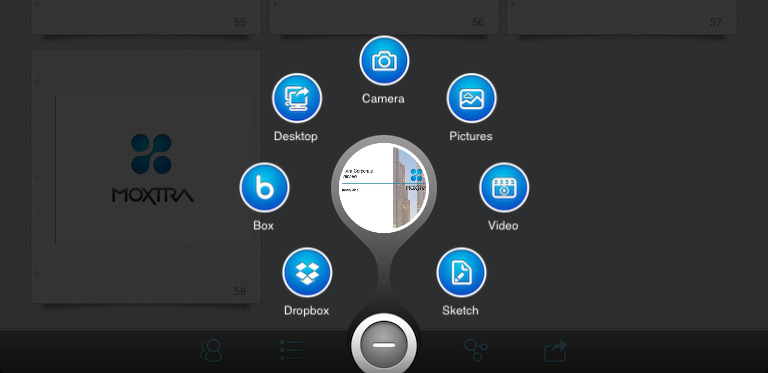
For example, a sign-in form to log users into your service or an "add to cart" button on an e-commerce website.Ĭumulative Layout Shift (CLS): A value between 0 and 1 which measures the number of unexpected layout shifts occurring between a page loading and when it is hidden. This is useful for understanding how long it can take for sensitive actions to operate.

Therefore, the longer it takes for this content to load, the longer users are waiting before they can see what they need.įirst Input Delay (FID): Measures the time it takes for a browser to respond after a user interacts with your website. The largest content of a website is often used as a proxy measurement for the piece of content a user is looking for when they visit your website. LCP is useful for understanding how long it takes for your website’s main content to appear on the page. This can be any element(s) in the document object model (DOM), which means any text, image, or SVG is applicable. Largest Content Paint (LCP): Measures the time for the largest parts of content to be rendered on the screen. Google considers a page passing their compliance if it meets the "good" targets at the 75th percentile for all of the above three metrics. The bar chart underneath the score details the according page load distribution, giving you an indication of the percentage of users with good, mediocre and poor experiences for this specific metric.

To most closely reflect scores considered by Google, set the timeframe to use the last 28 days. Each metric is presented as the average score over your selected timeframe.


 0 kommentar(er)
0 kommentar(er)
